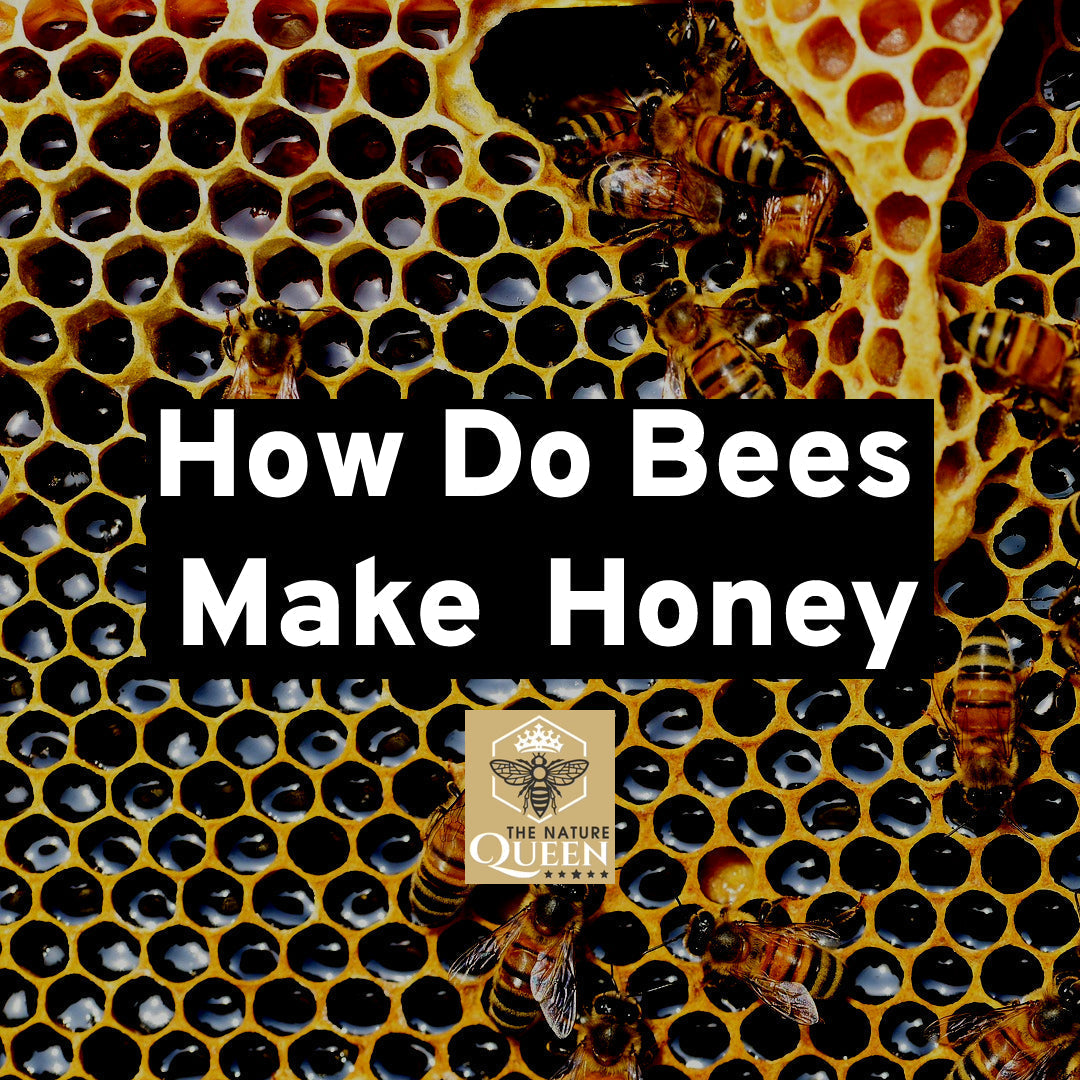🍯 How Do Bees Make Honey?
Bees are tiny, but what they do is extraordinary. They transform nectar from flowers into golden, energy-rich honey — using teamwork, chemistry, and perfect hive organisation.
In this post, we walk you through each step of the honey-making process and what makes raw honey so special.
🐝 Step 1: Worker Bees Forage for Nectar
It all starts with forager bees, the oldest workers in the hive. These bees leave the hive in search of nectar-rich flowers like acacia, wildflower, or clover.
Using their long tongues, they suck up nectar and store it in a special second stomach called a “honey stomach.”
🔄 Step 2: Enzymes Begin the Transformation
Once the forager returns to the hive, she regurgitates the nectar and passes it mouth-to-mouth to another worker bee. This process continues several times.
Each bee adds an enzyme called invertase, which:
-
Breaks down complex sugars (sucrose)
-
Turns nectar into simple sugars: glucose and fructose
This process kickstarts honey’s natural preservation ability.
💨 Step 3: Moisture Is Removed
Fresh nectar is about 70–80% water—too wet to store. Bees spread the liquid over honeycomb cells and fan their wings to evaporate the moisture.
Eventually, the water content drops to around 17–18%. This low moisture makes honey stable and naturally resistant to bacteria.
🧱 Step 4: Capping the Honey
Once the honey is ready, bees seal each cell with a thin layer of wax. This “capping” protects the honey from air and moisture.
This capped honey is now ready to be harvested—whether by bees during winter or by ethical beekeepers like us.
🐝 Curious about our harvesting process?
👉 Try our raw, unfiltered honey – straight from the hive
🔁 Why Do Bees Make Honey?
Bees make honey as a food reserve. In colder months when flowers are scarce, honey provides vital energy for the entire colony.
One bee only produces about 1/12th of a teaspoon of honey in her lifetime — which makes every spoon incredibly precious.
Learn more: How Many Bees Does It Take to Make 1 teaspoon of Honey?
⚠️ What Affects Honey's Taste and Colour?
Honey's flavour, aroma, and texture depend on:
-
Flower source (e.g., acacia vs. wildflower)
-
Region and season
-
Moisture and mineral content
Each jar tells the story of its landscape.
❄️ Why Raw Honey Crystallises
Over time, raw honey may crystallise—turn thick or grainy. That’s completely natural and a sign your honey hasn’t been over-processed.
Learn more: Why Does Honey Crystallise?
🌿 What Makes Our Honey Different?
At The Nature Queen, our honey is:
-
100% raw and unfiltered
-
Harvested with care to preserve enzymes and pollen
-
Sold in recyclable glass jars
Taste the difference bees (and nature) make.

